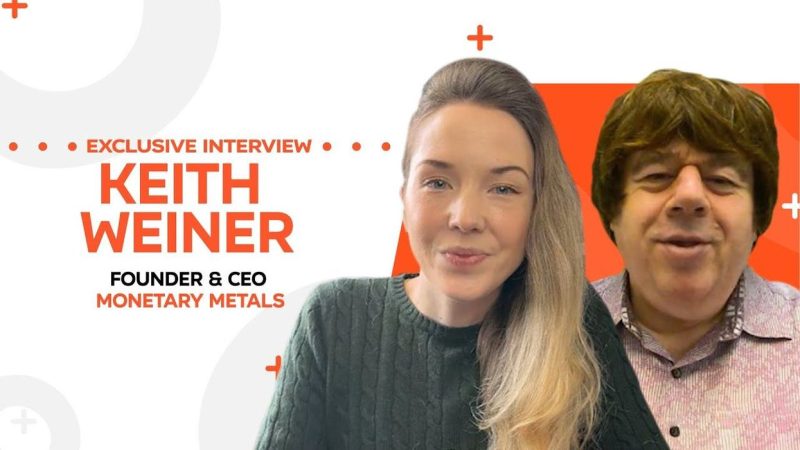Keith Weiner, an acclaimed economist and the CEO of Monetary Metals, has recently projected that the key driver for the price of gold has fundamentally changed, which he believes should steer investors into buying dips rather than selling blips. This concept presents a radical shift in the conventional thought processes ingrained in the minds of many gold investors.
Initially, it is pivotal to understand the context behind Weiner’s statement – buying dips and selling blips. A ‘dip’ refers to a minor or temporary drop in the market price of an asset, in this case, gold, while a ‘blip’ is a short-lived spike. With gold being a tangible asset that has maintained its relevancy in the financial system for thousands of years, it remarkably retains its value even during economic upheaval, making it an interesting case study in evaluating dips and blips.
Weiner’s prediction is built on comprehensive analyses of global economic tendencies, market indicators, and empirical data related to the price of gold. Traditionally, many investors have followed a cautious approach to gold investment ‒ selling during blips in order to capitalize on short-term price increases, a strategy which Weiner now critiques. His fresh perspective suggests that investors should buy during dips, in other words, capitalize on short-term decreases in price, expecting a more sustained, upward price movement in the future.
A point worth highlighting is Weiner’s conviction that the primary driver for gold prices has experienced a significant shift. The market prices of gold have been typified by its reactivity to the status of the US dollar as well as the overall health of the economy. However, Weiner asserts that the principal driver for gold prices has transitioned away from reactive market forces. He proposes that gold functions as a hedge against the systemic risks that underpin fiat currencies, specifically inflation and market instability.
As CEO of Monetary Metals, a leading gold yield-on-gold paid in gold business, Weiner carries a generous amount of influence in the gold investing community. His proactive approach to analyzing the gold market, combined with his adept understanding of economic systems, has allowed him to maintain a successful career in an industry rife with unpredictability.
Weiner’s advice underlines the importance of understanding the changing dynamics of the gold market. Taking into account this shift in market behaviour and the evolving key price driver should, according to Weiner, encourage investment in gold during periods of price drops, viewing them as opportunities rather than detriments. This revised approach breaks away from conventional strategies and puts forth an alternative perspective for investors who are open to innovative and insightful market analysis.
The global economic situation, defined by factors such as the unpredictability of the COVID-19 pandemic and rising inflation, have created an environment where the value of gold remains lucrative. In such a context, Weiner’s assertion that the key driver for gold prices has shifted can be viewed as a timely insight. This recommendation to buy on dips rather than sell blips could potentially open a new avenue of strategic gold investment, changing the way we view this precious metal. This sheds light on a different facet of gold investing that is determined by undertones of market shifts and deep understanding of these patterns, rather than attempts to predict and capitalize on temporary fluctuations.
In conclusion, Keith Weiner’s theory is challenging traditional market strategies and urging investors to adapt their approaches in the light of potentially transformative changes in the key drivers of gold prices. It remains to be seen how widely accepted this standpoint will be in the investment community. Nevertheless, Weiner’s insights are a critical testament to the evolving landscape of gold investment and call for innovative thinking to thrive in the domain of precious metals’ finance.




